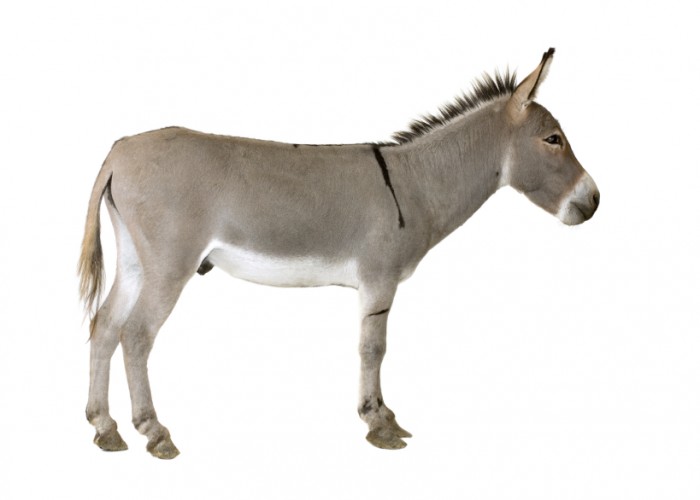Hunting, a practice adopted by humans since prehistoric times, has long served in cultural, survival, and conservation dynamics. Initially, hunting was a necessity and primary means for early humans to gather food, construct tools, and fashion clothing. As civilizations progressed, hunting shifted from a fundamentally survival-based activity towards a social and sportive one. Some cultures held hunting in the highest regard, celebrating it in mythology and royal traditions. Over time, the methods, equipment, and motives behind hunting have seen significant transformations, bearing witness to the enduring adaptability of this ancient practice.
This article explores a recent development in the hunting field – the advent and rise of the hunting app. As we immerse ourselves in a digital era, even the most traditionally rooted practices like hunting aren’t untouched by the sweeping wave of technology. The proliferation of smartphone usage has paved the way for innovative applications designed to enhance hunting experiences.
Table of Contents
Hunting and Technology
Hunting has always had a profound influence on various civilizations since ancient times. Spanning diverse geographies and cultures, it has served as a survival tool, a social event, and even a rite of passage for certain societies. In native American culture, hunting was not just a means of food procurement but also a spiritual exercise, each hunt rooted in respect for the animal’s spirit. In medieval European societies, hunting was considered a noble activity, often symbolizing power and wealth. The transition from survival necessity to recreational activity signifies the reshaping of hunting practices in response to societal advancements.
Traditionally, hunters relied heavily on handmade weapons and their personal skills and wit. However, with technological advancements, hunting has witnessed various changes. Decoy equipment, enhanced firearms, trail cameras, and even drones are now a part of a modern hunter’s tool kit. The latest addition to this arsenal is the hunting app. With wider internet accessibility and smartphones becoming ubiquitous, coding experts and hunting enthusiasts together have brought forth several digital solutions designed to optimize the hunting experience. A hunting app offers useful features such as sophisticated maps, animal call sounds, weather conditions, and much more, making them an appealing tool for the contemporary hunter. This marks yet another significant leap in the confluence of hunting and technology.
The Advent of Hunting Apps
Hunting apps are innovative digital tools developed to aid hunters by leveraging modern technology. These apps amalgamate a plethora of features that simplify various aspects of the hunting process. For instance, most hunting apps include satellite imaging and topographical maps to guide hunters through the wilderness more effectively. Also, they may provide AI-driven weather updates, wind direction data, and solar and lunar timing details, all necessary information for a successful hunt. Some apps also offer features like animal call simulators, in-app journals to record hunting experiences, and game tracking and identification capabilities.
The reception of hunting apps has generally been positive, with many users lauding the convenience and usability these apps bring to hunting. Reviews often highlight how these apps contribute to better planning and give hunters a significant edge in the field. Of course, like any product, these apps have their critics, with some users pointing out areas for improvement. Nevertheless, the extensive utility that hunting apps offer makes them a staple addition to the tech-aided hunter’s tool kit today.
How Hunting Apps Change the Game
One of the primary ways hunting apps are transforming the hunting experience is through efficient scouting tools. With apps, hunters can leverage sophisticated mapping systems to traverse unfamiliar terrains, mark points of interest, and plan their routes. Another game-changer is the tracking feature. Many apps offer game tracking and identification capabilities, helping hunters locate their target species more effectively. Bear in mind, successful hunting involves more than mere navigation and tracking; a deep understanding of animal behavior is equally necessary. Hunting apps provide hunters with detailed profiles of various game animals, enriching their knowledge and enhancing their hunting strategy.
Safety is a primary concern during any hunting expedition. To that end, hunting apps have incorporated features like live location sharing, emergency alerts, and weather updates, significantly enhancing hunters’ safety in potentially hazardous situations. In addition, hunting apps are beginning to play a role in community engagement. Through these platforms, hunters can connect with one another, share advice, experiences, and favorite hunting spots, thus fostering a digital hunting community. This not only enriches individual hunting experiences but also aids in the conservation of hunting traditions among the modern generation.
Forecasted Trends and Advances in Hunting Apps
As we look towards the future of hunting apps, one might expect enhancements and advancements powered by Augmented Reality (AR) and Virtual Reality (VR) technologies. AR could potentially be used to overlay digital information in the real world, like animal tracks or signs, wind direction, or even visually distinguishing private property boundaries. VR, on the other hand, could offer immersive training simulations, helping hunters to learn and practice in safe, controlled environments. These technologies have their potential benefits, from improving user accuracy to promoting safer hunting practices.
Further innovation in hunting apps could see the integration of Internet of Things (IoT) and Artificial Intelligence (AI). IoT can help in real-time tracking, improving data collection, and enhancing personal safety features. AI, conversely, could allow better data analysis and prediction, vastly improving the planning phase of hunts. However, these advancements may accelerate the conversation about hunting ethics, regulations, and guidelines. As technology continues to make hunting more efficient, we might see changes in regulations to ensure fair chase principles, maintaining the balance between tradition and innovation. Discussions may also intensify around data privacy and security. Certainly, the future of hunting apps appears filled with exciting possibilities and challenges alike.
Hunting apps are transforming hunting, making it safer, smarter, and more connected. As the digital age presses on, more advancements can be expected, potentially making hunting more efficient while raising new questions about ethics and fairness. As these developments unfold, it is incumbent upon hunters, developers, and regulators to keep discussions open, ensuring that the benefits of technology are harnessed while also preserving the spirit of this age-old practice.








